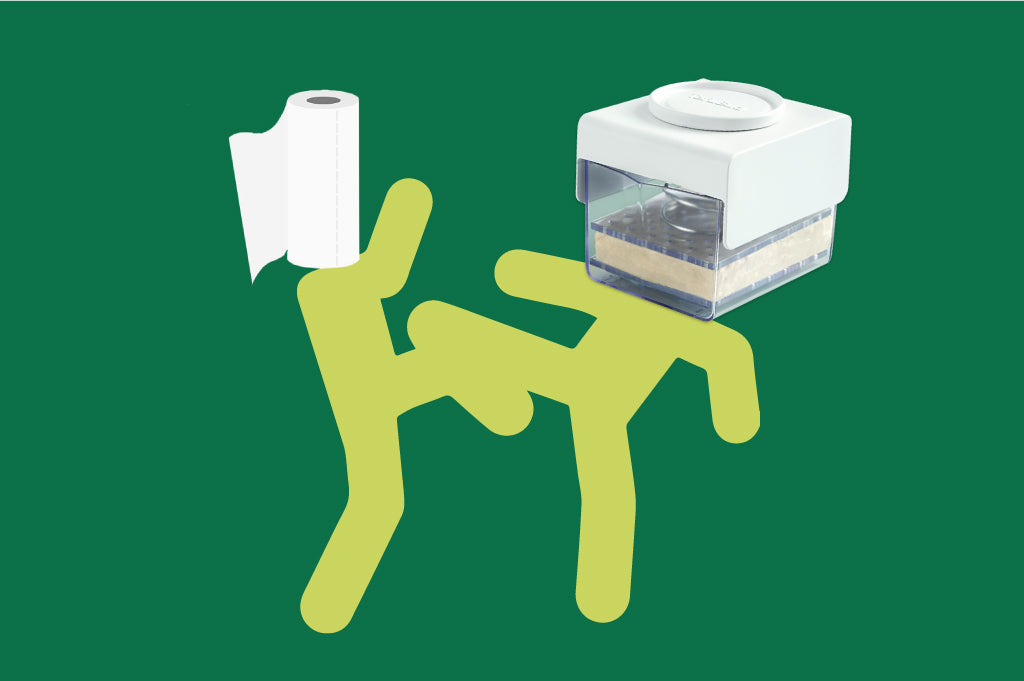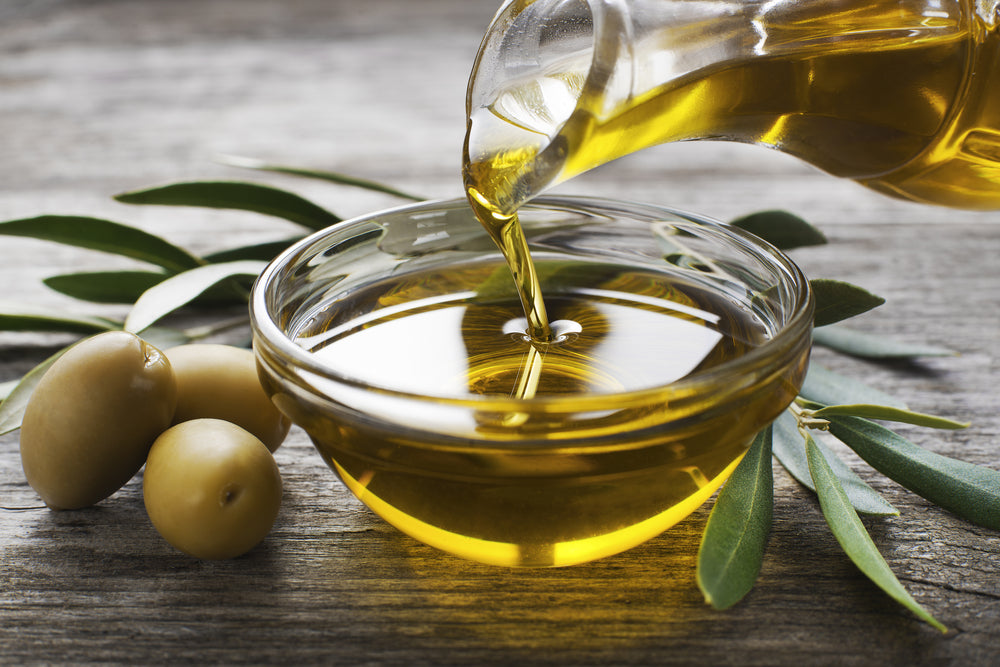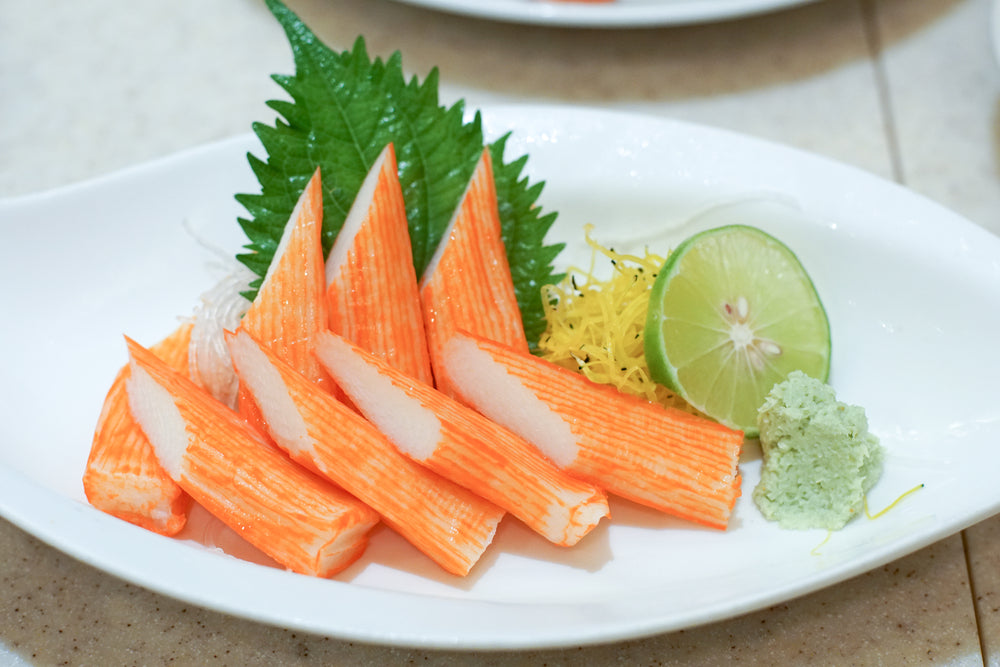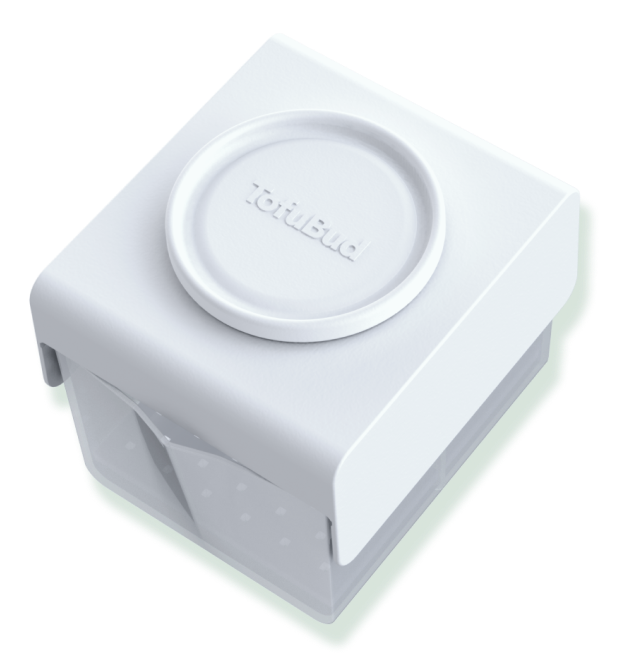Wondering how to make tofu tasty? If you're sick of dealing with limp, lifeless tofu, chances are you're skipping the most critical step while preparing tofu - the big press. Read our four favorite reasons why you should start pressing this plant-based protein ASAP.
Tofu is one of the most popular plant-based meal ingredients for vegetarians and vegans, in part because it's a versatile way to boost the protein content in any dish!
When you first try tofu, you might find the texture takes a little getting used to, but trust us when we say, the trick to making tofu taste good every time is the proper preparation.
What is tofu?
Before we go too deep, let’s take a second to understand what tofu is so it will be clearer why pressing it can be so helpful!
Tofu is a mildly-flavored vegetarian protein made from soybeans and water. The soybeans are soaked in water, then crushed, and boiled. Once cooked, manufacturers press the liquid into the rectangular blocks you see at the grocery store.
There are several varieties of tofu, ranging from Silken and soft to extra-firm, depending on how much water is removed.
Since tofu has a very neutral flavor, it can blend into dishes well or become the star of the meal with a spiced marinade.
What does tofu taste like?
Tofu is very light in both texture and flavor, which is exactly why it can be absolutely delicious, simmered in sauce, marinated, or fried.
But first - you need to press it!
Read our guide below to learn the reasons why a quick press makes all the difference, along with a few of our favorite tofu cooking tips.
4 Great Reasons to Press Your Tofu
#1: It cooks more thoroughly.
Tofu contains just two ingredients: soybeans and water. Tofu's water content is still relatively high when it hits the supermarket shelves, and the protein is packed in water to help its longevity on our grocery store shelves.
If you squeeze a piece of tofu fresh out of the package, you'll notice one thing - it's a squishy, dense sponge.
If you try to fry an unpressed piece of tofu, the outside will eventually be crispy, but the water inside doesn't cook off completely because it's so firm. The result is a piece of tofu that's golden and crisp on the outside and decidedly soggy when you take a bite to the center.
To make perfectly-crisp tofu that tastes good, you'll want to remove that excess water before you drop it in a hot pan or bake it in the oven.
#2: It helps your tofu absorb more marinade.
As mentioned earlier, the natural tofu flavoring is very, very light. Don't let that make you think tofu isn't worth the add - you can learn how to flavor tofu with a simple marinade.
Going back to reason #1, tofu is full of water like a sponge. Now, consider trying to soak an already soaking-wet sponge in a bucket of water - it's not going to absorb much water because it's already at its maximum.
But if you wring out the water from the sponge before you toss it into a bucket of water, voila - your sponge soaks up the water. The same is true for tofu.
How to marinate tofu
Press your tofu for 15 - 20 minutes, then place it in the marinade for 30 minutes up to 12 hours. This way, it absorbs the maximum amount of that flavorful liquid, allowing it to move all the way to the center of the cube.
#3: It won't fall apart under the heat.
Pressing your tofu doesn't just make cooking tofu less soggy - it also helps hold it together. Watery tofu is soft and pliable, which is great for some uses, but not-so-great for others.
Removing more of the water from your tofu firms it up and keeps it that way as it cooks.
If you want your tofu to stay in firm cubes instead of turning into scrambled tofu, you'll want to press it before you start the cooking process.
#4: It makes it taste better.
No matter which of the ways to prepare tofu you choose, a press will make it taste better. With more marinade absorption, more of those spicy and herbal flavors come through in the end result.
A press gets that tofu perfectly crisp, which helps enhance the flavor, too. All in all, pressing and learning how to season tofu will have you wanting to eat it for dinner once or twice weekly!
Does all tofu need to be pressed?
Now that we've explained exactly why the best tasting tofu should be pressed, and 99% of the time, that's true.
But there is a 1% exception to the rule - tofu doesn't always need pressing.
- Firm and extra-firm tofu should always be pressed unless your recipe specifically calls otherwise.
- Medium tofu should usually be pressed, though the pressing time is shorter because of its more fragile nature.
- You should never press soft and silken tofu - they will fall apart under the pressure.
What is silken tofu?
Silken tofu is the softest of all the tofu types, and it's a little different than other tofu. The soy in silken tofu hasn't thickened to the point of curdling, and though it still forms a block, it's much creamier than firmer tofu.
Although it can be difficult to press tofu that's soft or silken, you don't need to worry about it - these types of tofu shouldn't be used for grilling or frying. Instead, you use the wet texture to your advantage and add them as a creamy element to salad dressing, vegan mayo, and baked goods.
If you're frying or baking, medium, firm, or extra-firm tofu are your best bets, and they should always be pressed.
Brand Differences & Tofu Pressing
Certain firm tofu brands that are vacuum-packed don't need to be pressed.
Not sure if you have a pre-pressed block?
If you can dab the tofu block's surface with a clean tea towel and it picks up no moisture, you're likely okay to skip the press, though you may still wish to give a press for 5 minutes to remove the excess.
How to Press Tofu: Two Ways
Method #1: Tofu Press
If you cook tofu often, a tofu press is an excellent investment - it'll save you plenty of time and cut down on your paper towel waste significantly.
To press your tofu with a press, simply:
- Remove the tofu block from its package and place it in the tofu press.
- Place the lid on the tofu press, and leave the tofu block to press for 15 minutes.
- Remove the lid, pour out the water, and continue the preparation process!
Method #2: The Old-Fashioned Way
You can press your tofu the old-fashioned way with some paper towels and heavy plates. This method takes longer and won't remove quite as much water, but it can do the trick in a pinch.
- Remove the tofu block from its package and wrap it in two pieces of paper towel.
- Place the block in the center of a dinner plate or cutting board and place a heavy, flat dinner plate or cutting board on top. Add weights as needed - a cast-iron skillet can help here.
- Leave the tofu to press for 2 hours minimum, or better yet, overnight. You want at least ½ cup of extra liquid to come out of the tofu before you continue.
- Remove the tofu from the plates and paper towel, then prepare as usual.
Final Notes: How to Prep Tofu with a Simple Press
Once you try pressing your tofu, you're not going to be able to eat it any other way again - it gives it the most delicious texture and flavor, hands down.
We've found the process a lot easier with the tofu press. Because it only takes 15 minutes, we can leave it to press while we chop and prepare our other ingredients without having to plan ahead at all.
Without a press, it's best to leave your tofu to press in the fridge overnight - the more time you wait, the better.
Give pressed tofu a try - you won't regret it!








Leave a comment (all fields required)